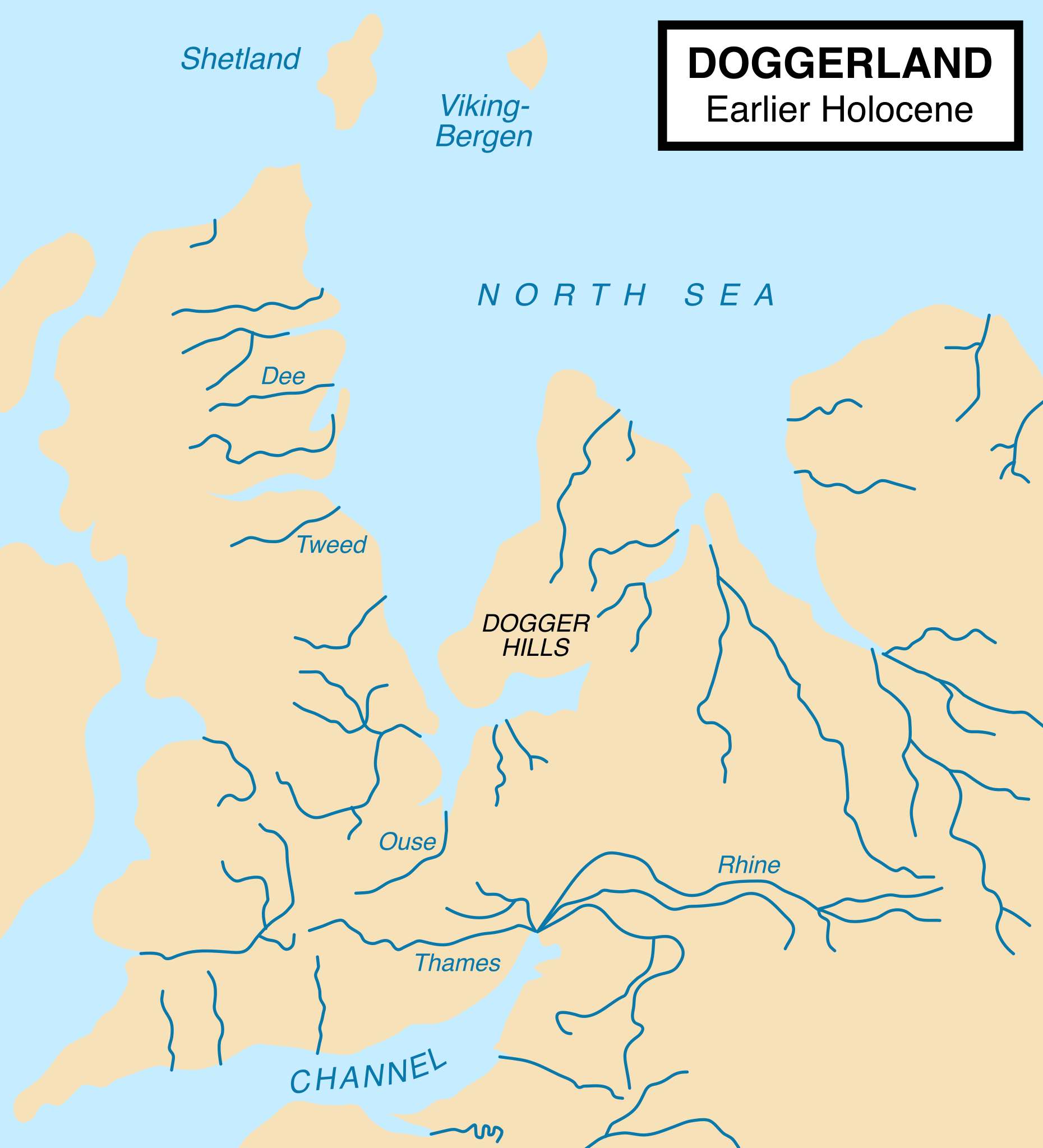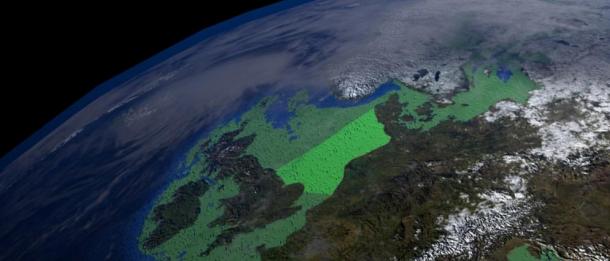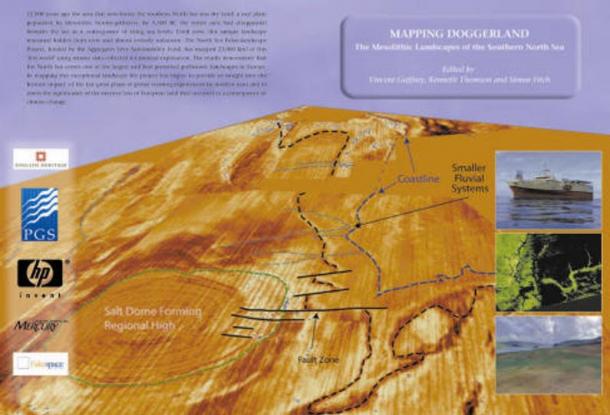Doggerland, often known as the Stone Age Atlantis of Britain or a prehistoric Garden of Eden, has long piqued the interest of researchers. Now, modern technology has advanced to the point where their fantasies may become a reality.

Doggerland is considered to have been inhabited around 10,000 BC, and modern technology is likely to help an in-depth research in gaining insight into what life was like for prehistoric humans living in the region until devastating floods inundated the continent between 8,000 and 6,000 BC.

Located in the North Sea, Doggerland is believed to have once measured approximately 100,000 square miles (258998 square kilometers). However, the end of the Ice Age saw a great rise in the sea level and an increase in storms and flooding in the region, causing Doggerland to gradually shrink.

The location is known for providing prehistoric animal bones and, to a lesser extent, human remains and artifacts. By using seabed mapping archaeologists and scientists from the University of Bradford have tracked the changes in the ancient environment of Doggerland.
They concluded that the climate change diminished the territory of Doggerland so much that it turned from a vast territory to an island, and then was eventually consumed by the surrounding waters around 5,500 BC.
Specifically, a tsunami of 5 meters (16 feet) waves, set off by an immense landslide near Norway, is the culprit in the catastrophe that ended human inhabitants in Doggerland, according to the study presented by Imperial College in 2014.
Apart from seabed mapping, survey ships in the further study were also sent out to collect pollen, insects, plant and animal DNA (using sedaDNA technology), along with artifacts so that a better picture of the landscape, lifestyle, and human use of Doggerland could be revealed.

According to the lead researcher, Professor Vince Gaffney of the University of Bradford, the study will provide a big payoff in terms of understanding the recolonizing of Northern Europe by Stone Age humans.
In the end of the study, the researchers confirmed that the sunken land was once integral part of Europe. The region was unveiled about 12,000 years ago, when the ice stopped at the end of the last ice age. Doggerland had at its height an area of thousands of square kilometers and connected the present British Isles with continental Europe.
This area was followed by thousands of years. It was an extensive, densely wooded lowland inhabited by many species of animals. In addition, scientists are on the verge of confirming that these areas were inhabited by humans. It was Doggerland that was to emigrate from Europe to the areas of present-day Britain, where they eventually settled.
So far they have failed to confirm this, but, as they say, most likely in the near future. At some point in the Doggerland they will encounter traces of prehistoric human settlements.
We are sure that we are about to find a settlement. The number of historical artifacts from this region tells us that there is something there. We have now identified areas where the Mesolithic surface of the land is close to the surface of the seafloor. We can use dresser or grapple to get larger samples of this surface.
Therefore, it isn’t too late when we will find out the detailed life of prehistoric inhabitants who have resided in the Doggerland area for about 6,000 years.




